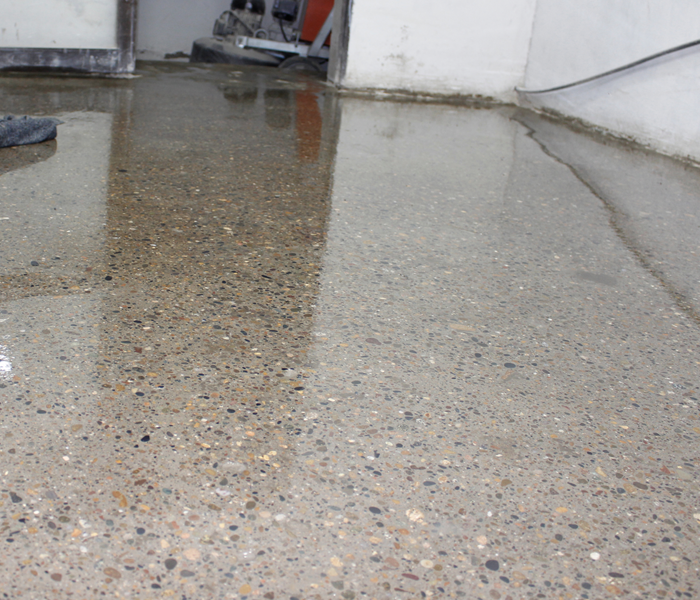Sump Pump Maintenance: Essential Tips for Reliable Performance
6/20/2023 (Permalink)
A sump pump is a critical component of many homes, helping to prevent water damage by efficiently removing excess water from basements and crawl spaces. To ensure its optimal performance when you need it most, regular maintenance is key. In this blog, we'll explore essential tips for maintaining your sump pump, safeguarding your home from potential water-related issues and promoting peace of mind.
Test Your Sump Pump Regularly
Test your sump pump by pouring water into the sump pit to activate the pump. Ensure that it starts automatically, pumps out the water, and shuts off without any issues. This test verifies that the pump is functioning correctly. To prepare for power outages, unplug your sump pump and simulate a power loss by lifting the float or disconnecting the float switch. Confirm that the backup system (if you have one) engages and operates as expected.
Clean and Maintain the Sump Pit
Regularly inspect and clean the sump pit, removing any debris, dirt, or sediment that may accumulate. This helps prevent clogs and ensures smooth pump operation. Ensure the float is unobstructed and moves freely. Clean or replace the float switch if it appears damaged or worn out.
Test and Maintain the Discharge Line
Regularly check the discharge line for any blockages or obstructions. Remove debris, dirt, or ice buildup that may impede the flow of water away from your home. Direct the discharge line away from the foundation of your home to prevent water from recirculating into the sump pit. Ensure it slopes away from the house to promote proper drainage.
Inspect Check Valves and Backup Systems
Check valves prevent water from flowing back into the sump pit once the pump turns off. Ensure the check valve is properly installed and functioning correctly. If you have a battery-powered backup sump pump or a secondary backup system, test and maintain them according to the manufacturer's instructions. This ensures their readiness during power outages or primary pump failures.
Keep an Eye on Pump Motor and Alarm
Regularly inspect the pump motor for any signs of damage, unusual noises, or overheating. Contact a professional if you notice any issues that require attention. If your sump pump has an alarm system, test it periodically to ensure it functions properly. Clean or replace the batteries as needed.
Consult Professional Services
Consider scheduling professional maintenance for your sump pump. A qualified technician can perform a thorough inspection, clean components, and address any potential concerns. If you encounter persistent issues with your sump pump or require repairs, it's best to consult a professional to ensure proper resolution and optimal performance.
Maintaining a sump pump is crucial for its reliable operation and your home's protection against water damage. By regularly testing, cleaning, and maintaining the sump pit, discharge line, check valves, backup systems, pump motor, and alarm, you can ensure that your sump pump is ready to handle excess water effectively. Remember, professional assistance is available for more comprehensive servicing or troubleshooting. By prioritizing sump pump maintenance, you can enjoy a secure and water-free environment in your home.




 24/7 Emergency Service
24/7 Emergency Service
